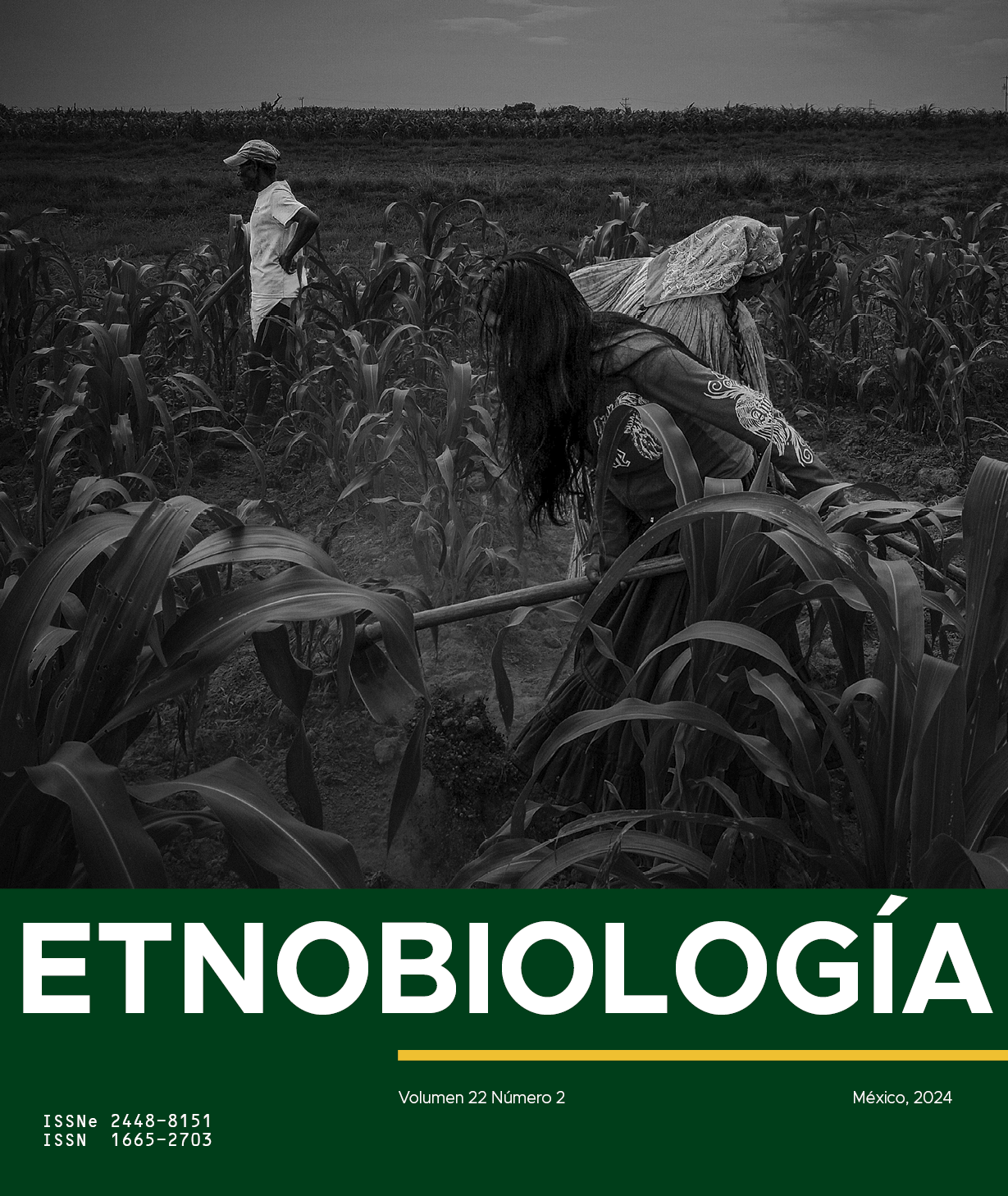ETHNOVETERINARY MEDICINE IN THE BRAZILIAN ARAUCARIA FOREST ECOSYSTEM
Abstract
The remaining Araucaria Forest in the Southern Region of Brazil represents an important natural bank of medicinal plants, but with little report on the ethnomedicine practiced in the area. Much of the ancestral knowledge of the medicinal plants in the region is attributed to the “tropeirismo” movement, which drove Brazil during the main economic cycles of the Imperial times. In this context, the aim is to investigate and document the popular rural knowledge on the nomination and use of medicinal plants in the treatment of diseases in domestic animals. For this purpose, we visited the family agriculture communities of eight municipalities in the Microregion of Capanema, Southeast of the State of Paraná. The selection of informers by snowball sampling, where a researching individual appoints another one with knowledge about medicinal plants, resulted in 165 opened and structured interviews for the rescue of popular beliefs. The main result of this study was the elaboration of an inventory of native or introduced medicinal plants which are used regionally for the treatment of diseases that affect animals, with the evaluation of their therapeutic potential. To the same extent, as the forest has been devastated by monocultures, popular knowledge and its cultural singularities about medicinal plants are being lost.


